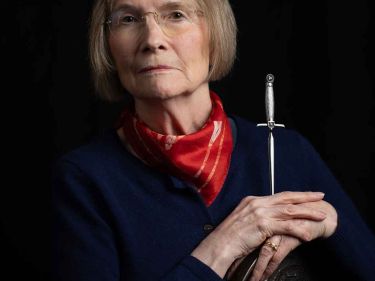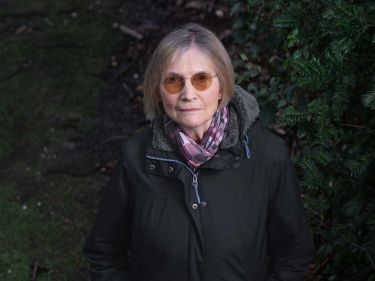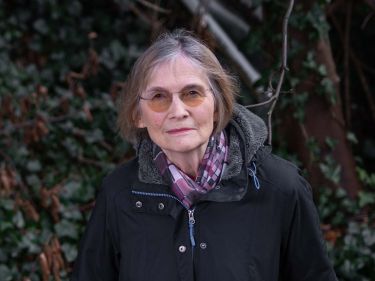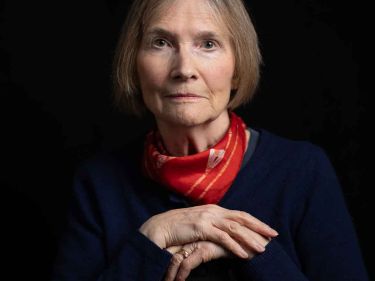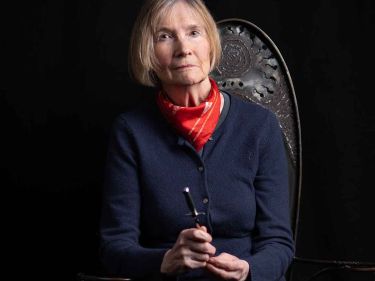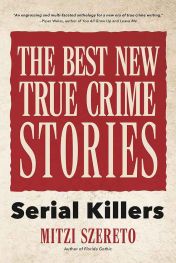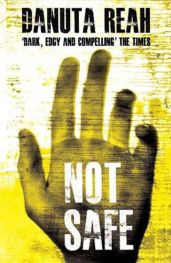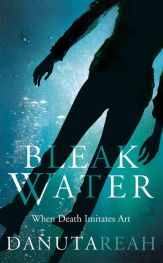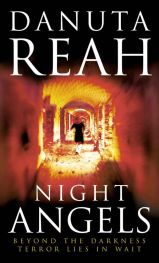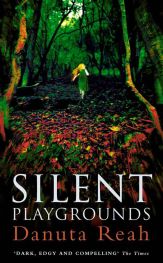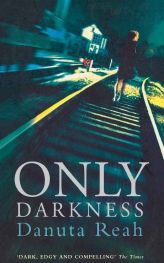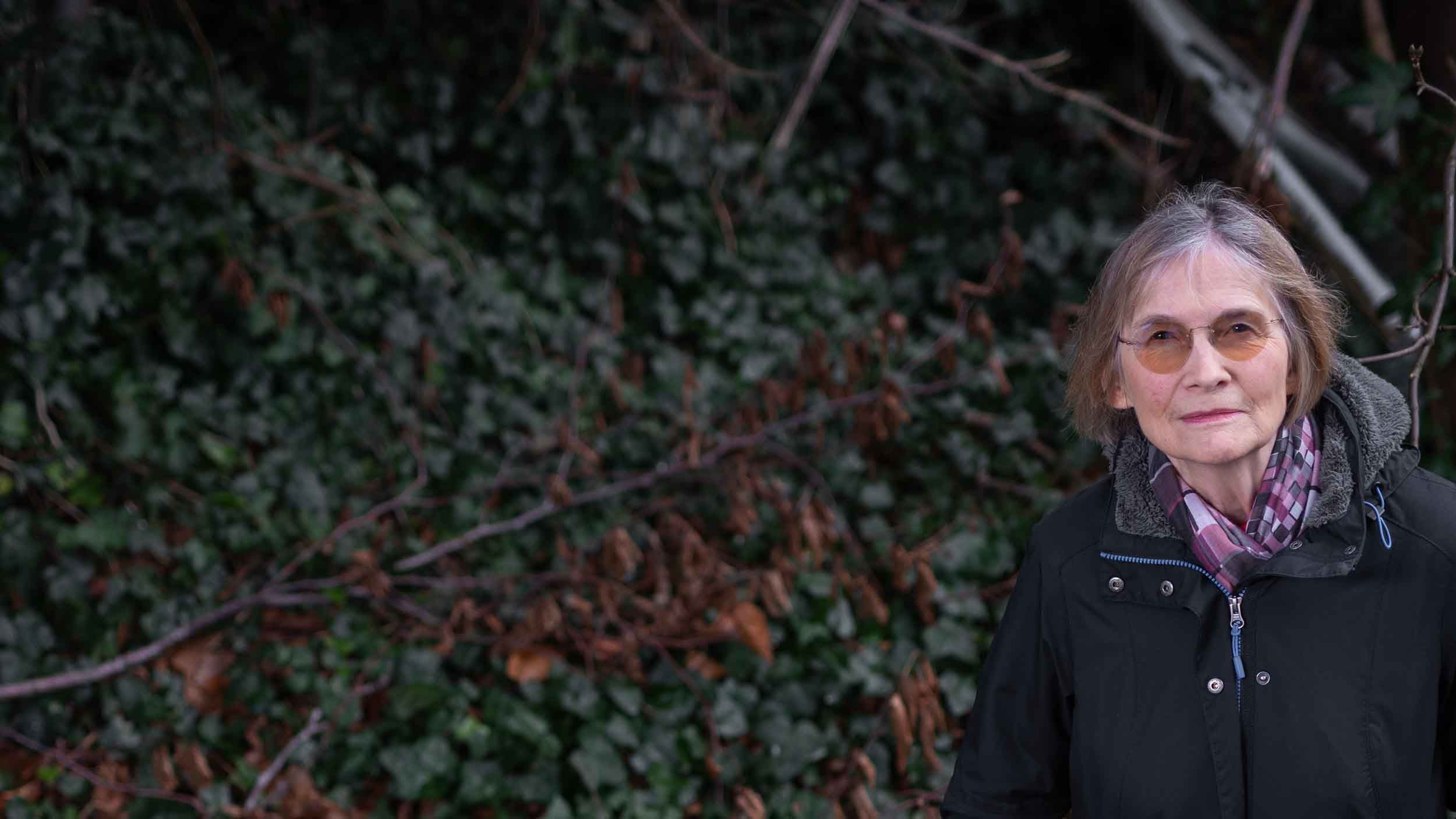





Danuta Reah is an award-winning writer of crime fiction. She lives in Sheffield and has one son, one step-daughter, four granddaughters, two cats and has a vacancy for a dog.
Her books and short stories have been translated into over ten languages. She believes that a good novel should tell a gripping story, have a satisfactory ending and be peopled by characters who are fully-developed and believable.
Her writing is fuelled by her passion for stories and her love of narrative in all its forms: novels, graphic novels, film and video, games. She believes that people create themselves in the stories they tell and the stories they experience.
Photos of Danuta: Richard Harland Photography.
How I became a novelist
I wrote my first novel while I was teaching in a Further Education College in Rotherham, South Yorkshire. Late one night, I had a frightening encounter at the isolated train station. I was teaching creative writing the following day, so I set my class the task of writing about a frightening event happening in an everyday location (no cemeteries, derelict mansions etc). I always did the writing exercises myself, so I wrote about the station encounter. This, expanded somewhat, became the opening chapter of my first published novel, Only Darkness.
Why fiction?
For as long as I can remember, I have wanted to write. I grew up in a house full of stories. My father was a refugee who came to the UK at the start of WWII to join the Polish Free Forces. After the war, because of Stalin’s regime, he couldn’t go back. He never saw his family again. He kept his past alive for his children by telling us stories.
Stories
Some of these were good memories about the family smallholding; some were dark memories of violence and starvation in the aftermath of the Russian civil war. I drew on these stories for my fifth novel, The Forest of Souls, published under the pen name Carla Banks.
A family of writers
I have two sisters and a brother, and we are all published writers. When we were children, we made up stories to tell each other. At primary school, I was regularly chucked out of sewing classes for telling ghost stories. The sewing teacher, a very sweet woman who was rather highly strung, couldn’t cope with my ghoulish imagination.
Why crime fiction?
I’ve always enjoyed crime fiction, from dark, psychological thrillers to the ingenious puzzles set by Agatha Christie. I had never tried writing a crime novel, because good crime writing, among other things, is the art of deception, and I didn’t think I could do that. However, when I wrote down a creepy experience at a train station that became the inspiration for my first novel, I realised I wanted to know what happened next. The only way that could happen would be for me to write the book.
Mysteries
I found out then that I could set up the mysteries; and the solution would arise within the narrative. For example, my killer kidnapped his victims from deserted railway stations and dumped their bodies on isolated parts of the line where there was no access of any kind. The police were baffled as to how he did this, and so was I. It was a relief when his background helped me to work it out.
Sheffield landscapes
My fiction has always focused on the dark side. I write about an everyday world that has become a dangerous and threatening place. I am known as a Sheffield novelist, and I set my first four novels, Only Darkness, Silent Playgrounds, Night Angels, and Bleak Water in Sheffield and its environs. I like to use familiar locations, and give them a dark and dangerous edge: the local rail network that runs through abandoned industrial landscapes; Sheffield canal; the beautiful Endcliffe Park with its old waterwheels and workshops from the early days of the cutlery industry; Sheffield University Arts Tower. My novella, Not Safe, and my memoir about an encounter with Peter Sutcliffe, the so-called Yorkshire Ripper, and included in The Best True Crime Stories: Serial Killers, are also set in Sheffield.
Young offenders
I have also drawn on my experience working with troubled teenagers and young offenders, which was part of a research project into a possible link between language disorders and anti-social behaviour. This gave me my background for Silent Playgrounds, Life Ruins and Someone Who Isn’t Me.
Language and deception
The reliability of language has an important role in many of my books: do other people hear what we think we are saying? And are we hearing what we think we are hearing? Knowledge about the capacity of language to deceive is very useful to a writer of crime fiction, where characters constantly misunderstand and deceive each other; and the writer is constantly misleading the reader.
The East Yorkshire coast
My most recent books, Life Ruins and Someone Who Isn’t Me are set on the east coast, where the town and cities are as scarred by poverty as the coast itself is scarred by the sea. The centre for these books is the old sea port of Bridlington, a town that retains its charm even though it is one of the most deprived in the country. Someone Who Isn’t Me has much of its action set in an area called Sunk Island, that lies between Hull and the coast. Almost no one lives there, it is crisscrossed by drains, but it has its own extraordinary beauty. With the Humber Estuary running along its south borders, it is the perfect setting for crime.
Short stories and novellas
I have written a handful of crime-based short stories, and one novella, Not Safe, based on work I used to do with asylum seekers. I have won awards for two of my short stories and been runner up for a third. I love short stories and I’m sad that there are so few outlets for them these days. It is a very difficult genre to write. In a novel, the writer has a lot of space, but in short stories, every word has to count.
Beware language!
I also write non-fiction: academic books and articles that focus on the way language works. I am fascinated by the way news media can mislead and deceive, even when no identifiable lie is being told. We live in a ‘post-truth’ world, a world in which fact-checking (and fact-checking your fact-checker) is essential if you want to have a real understanding of what is going on.
Learning how to write
I have co-written creative writing books focused on writing commercial fiction, based on my own creative writing classes. All of us who aspire to write are familiar with the ‘rules’ but every rule I can think of (Only use ‘said’ if you’re writing dialogue) has been broken by some extremely successful writer. My advice to aspiring writers is: read the masters and learn; but take the idea of rules with a pinch of salt.
The Yorkshire Ripper
I have written a short memoir, The Stranger in the Square, about the time when Peter Sutcliffe, the so-called Yorkshire Ripper was haunting the streets of northern England. This is the only memoir I have written, about the way the early days of Sutcliffe’s reign of terror were closely associated with a landmark moment in my life. (See The Best True Crime Stories: Serial Killers.)
Sheffield
I live in Sheffield, and have done for most of my life. I have one son, one step-daughter, four granddaughters, two cats and a vacancy for one dog.
Photos of Danuta: Richard Harland Photography.
